Anahtar Kelimeler:AI modeli, Güneş fırtınası tahmini, Açık kaynak büyük model, AI çipi, İnsansı robot, AI güvenliği, AI etiği, AI uygulaması, NASA Surya AI modeli, ByteDance Seed-OSS-36B, NVIDIA GB200 NVL72, İnsansı robot sporları, AI uyku asistanı
🔥 Spotlight
NASA and IBM Release AI Model Surya to Predict Solar Storms: NASA and IBM have jointly released Surya, an open-source AI model trained on a decade of solar data. It can predict solar storms in advance, providing a 2-hour warning time, and is expected to enhance understanding of solar physics and space weather prediction. This breakthrough is crucial for protecting satellites, power grids, and astronauts, and could also drive deeper research into other astrophysical phenomena. (Source: source)

🎯 Trends
ByteDance Open-Sources Seed-OSS Large Model: ByteDance has released Seed-OSS-36B, a 36-billion-parameter open-source large model. It features a native 512K ultra-long context window and a “thought budget” mechanism for flexible control over inference depth. The model has set new open-source records in multiple benchmark tests, particularly excelling in reasoning and Agent capabilities, despite being trained on only 12T of data. Two versions are available for research: one with synthetic instructions and one without. (Source: source, source)
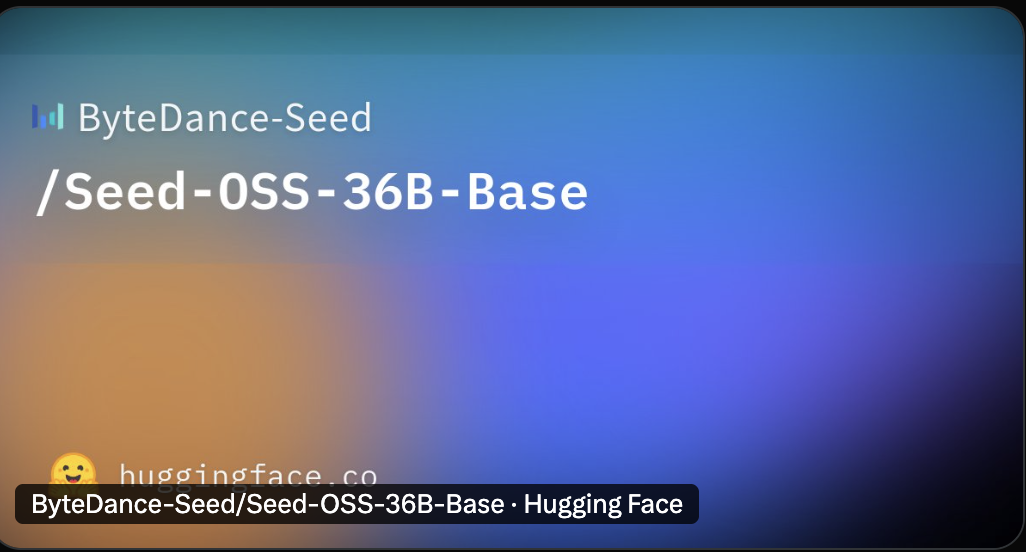
Google Pixel 10 Series Launch and AI Integration Progress: Google has launched its Pixel 10 series phones, featuring the new-generation Google Tensor G5 chip and the Gemini Nano model, offering a more personalized, proactive, and helpful AI experience. New features include on-device voice translation, Magic Cue proactive information prompts, and Pixelsnap magnetic technology. Rick Osterloh, Google’s head of devices and services, hinted at Apple’s “unfulfilled promises” in mobile AI, highlighting the fierce competition in AI-powered smartphones. (Source: source, source, source, source, source, source, source)

DeepSeek V3.1 Performance Enhancement and Cost Advantage: DeepSeek V3.1 has extended its context length to 128K and significantly improved in programming, creative writing, translation, and mathematical abilities. Real-world tests show it surpassed Claude Opus 4 in the aider benchmark with a score of 71.6%, becoming the SOTA for non-inference models, while being 68 times cheaper. Its physical understanding capabilities have also been enhanced. This indicates the strong competitiveness of high-performance, cost-effective open-source models. (Source: source, source)

Meta AI Department Restructuring and Alexandr Wang’s Leadership: Meta is undergoing a large-scale restructuring of its AI department, splitting it into four divisions: TBD Lab, FAIR, Product, and Infrastructure. 28-year-old Chinese-American Alexandr Wang will lead the superintelligence lab, with several executives, including Turing Award laureate Yann LeCun, reporting directly to him. This adjustment aims to accelerate AI development, and despite accompanying hiring freezes and team dissolutions, it underscores Meta’s firm commitment to AI. (Source: source, source, source)

AI Chip Geopolitics and the Chinese Market: The Chinese government is conducting security reviews of US AI processors like Nvidia’s and encouraging domestic enterprises to purchase domestically produced GPUs to reduce reliance on US technology. Nvidia is developing more powerful AI chips for the Chinese market, but China may push for a complete ban on the use of foreign chips for inference, indicating that geopolitical factors continue to impact the AI chip supply chain. (Source: source, source, source)
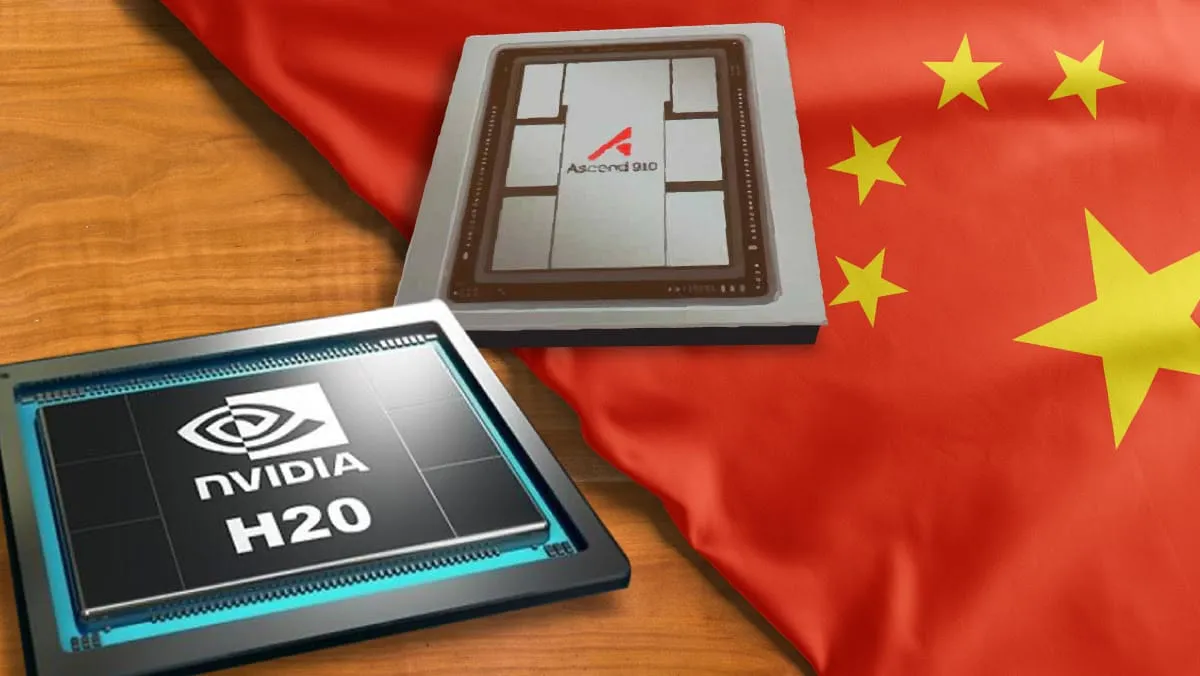
GPT-5 Pro Self-Proves Mathematical Theorem: Sebastien Bubeck, former Microsoft AI VP, discovered that GPT-5 Pro independently solved an unsolved problem in a mathematical paper. Its proof process differed from human methods and yielded better results than the paper’s v1 version. Although the original authors later provided a better solution in v2, this event still demonstrates GPT-5 Pro’s ability to autonomously solve cutting-edge mathematical problems, sparking widespread discussion in the AI community about AI’s potential in mathematical research. (Source: source, source, source, source, source, source, source, source)
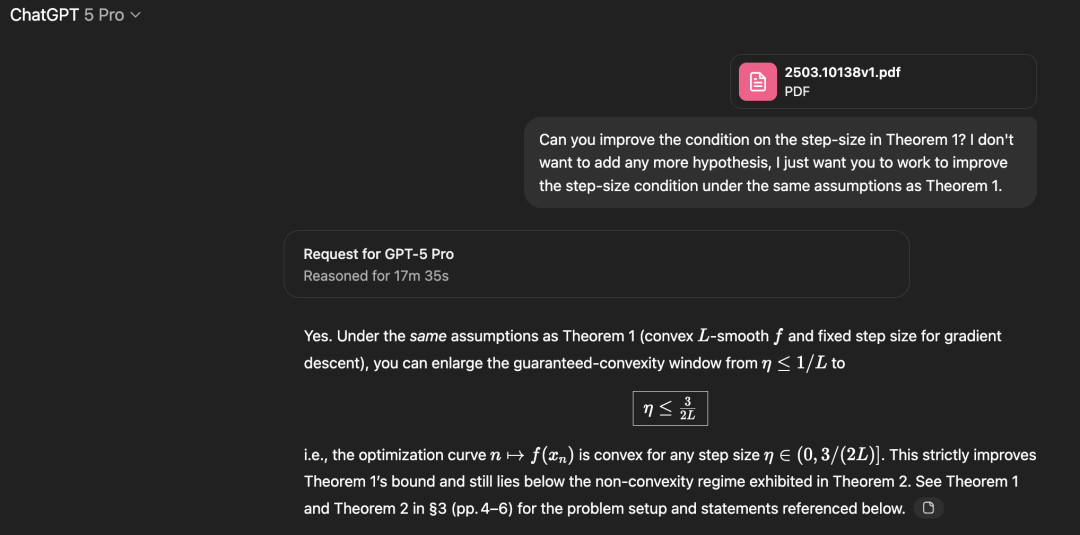
Humanoid Robot Sports Meeting Showcases Technological Breakthroughs: The first Humanoid Robot Sports Meeting showcased technological breakthroughs and challenges in dynamic balance, environmental perception, and multi-robot collaboration, with Embodied Skywork Ultra’s fully autonomous running being particularly noteworthy. The event is not only a technical proving ground but also demonstrates the commercial potential of robots in industries such as manufacturing, healthcare, and hospitality, fostering “stadium economics” and a secondary development ecosystem. (Source: source)

NVIDIA Accelerates OpenAI Model Performance: NVIDIA, in collaboration with Artificial Analysis, boosted the output speed of OpenAI’s gpt-oss-120B model by 35% within a week, achieving over 800 tokens/s in single-query tests and nearly 600 tokens/s in multi-concurrent queries on DGX systems. This demonstrates the significant acceleration of large LLM inference using Blackwell hardware through TensorRT-LLM and speculative decoding technologies. (Source: source, source)
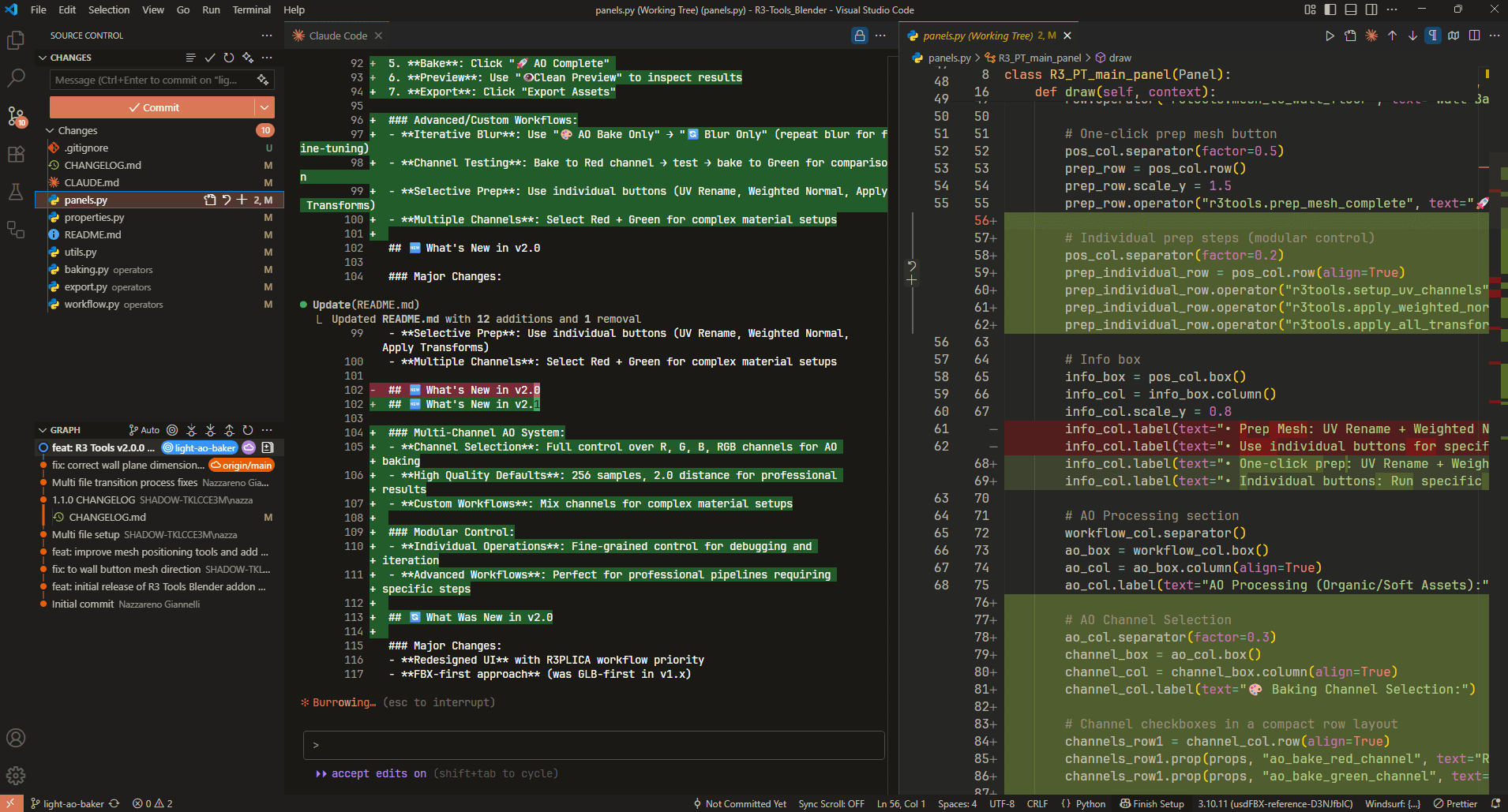
Domestic AI Routing System Avengers-Pro Open-Sourced: Shanghai AI Lab has open-sourced Avengers-Pro, a multi-model scheduling and routing solution that integrates 8 leading large models. It outperformed GPT-5-medium by 7% and Gemini-2.5-Pro by 19% on challenging datasets, while achieving equivalent performance at a cost as low as 19%. By dynamically matching and allocating models, it effectively balances performance and cost. (Source: source)

Perplexity Develops SuperMemory Feature: Perplexity is developing a new feature called “SuperMemory,” designed to provide all users with more powerful memory capabilities. Early tests show it outperforms existing products, promising to significantly enhance the AI assistant’s long-term context understanding and personalized experience. (Source: source, source)
Anthropic Claude Code Launches Team and Enterprise Editions: Anthropic announced that Claude Code is now available in Team and Enterprise editions, offering flexible pricing plans that allow organizations to mix standard and premium seats based on their needs and scale based on usage, aiming to meet the demands of enterprise-level users for AI code assistants. (Source: source, source)
Google Gemini 2.5 Pro Integrated into VS Code Copilot: Google Gemini 2.5 Pro is now generally available in Visual Studio Code’s Copilot, providing developers with more powerful AI-assisted programming capabilities. (Source: source, source)
NVIDIA Cosmos Reason VLM Model Released: NVIDIA Cosmos Reason, an open, customizable 7B-parameter Visual Language Model (VLM), has reached 500,000 downloads on HuggingFace and is helping shape the future of physical AI and robotics, becoming one of NVIDIA’s most popular models. (Source: source)

Groq Platform Launches Prompt Caching Feature: The Groq platform has launched a prompt caching feature for the moonshotai/kimi-k2-instruct model, offering a 50% cached token discount, lower latency, and automatic prefix matching, aiming to provide users with a more economical and faster “vibe coding” experience. (Source: source)
NVIDIA Releases Nemotron Nano v2 Model: NVIDIA has released Nemotron Nano v2, a 9B-parameter hybrid SSM model that is 6 times faster and more accurate than similarly sized models. It has also open-sourced most of its training data, including the pre-training corpus, providing an efficient and transparent resource for the AI community. (Source: source)

DinoV3 Excels in Geolocation Tasks: DinoV3 has shown outstanding performance in geolocation tasks, outperforming CLIP-like models and becoming the new preferred backbone network. Its performance improvement is surprising, as DinoV3 did not directly learn location names and image associations like CLIP models. (Source: source)
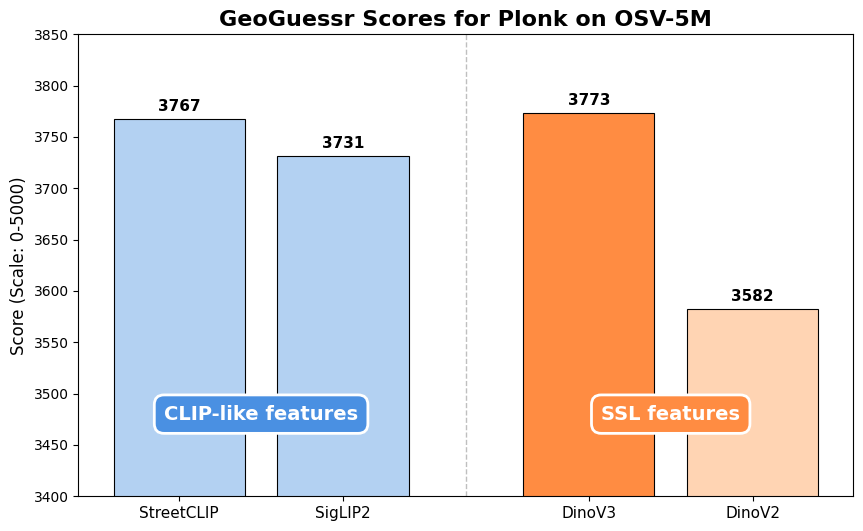
AI Application in Alzheimer’s Disease Research: The Alzheimer’s Disease Data Initiative has launched a $1 million prize seeking Agentic AI tools capable of independently conducting Alzheimer’s disease research, including planning analyses, integrating data, identifying therapeutic targets, and optimizing clinical trials, aiming to accelerate traditional drug development processes. (Source: source, source)
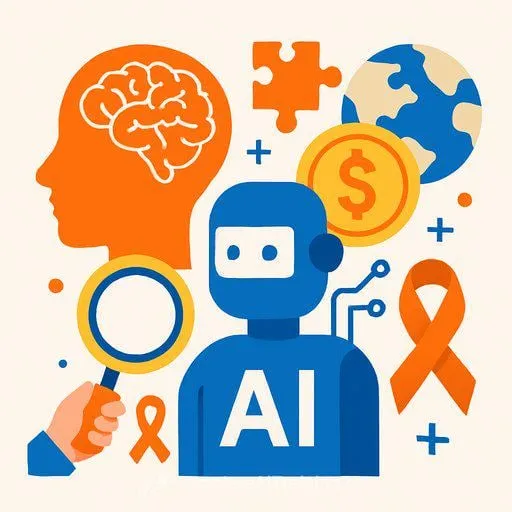
AI-Driven 3D Rendering Performance Boost: 3D Gaussian Splatting (3DGS) has achieved a massive improvement in PLY loading performance, with 2.9 million Gaussian points loading in just 0.22 seconds. This was realized through memory mapping, zero-copy parsing, TBB parallelization, and SIMD technologies, signaling a significant leap in 3D content rendering efficiency. (Source: source)

AI Application in Cybersecurity Offense and Defense: Palisade Research tested the OpenAI o3 model’s ability to autonomously penetrate simulated enterprise networks, demonstrating the progress of AI Agents from solving limited problems like CTFs to deep network penetration involving multiple computers and vulnerabilities, indicating AI’s potential application in cybersecurity offense and defense. (Source: source)
AI Progress in Mathematical Theorem Proving: PolyComputing claims its proprietary models can solve 99% of Putnam mathematical problems, while Seed-Prover’s performance on PutnamBench far surpassed previous SOTA. This demonstrates AI’s powerful capabilities in advanced mathematical proving and problem-solving, signaling new progress in the field of theorem proving. (Source: source, source)
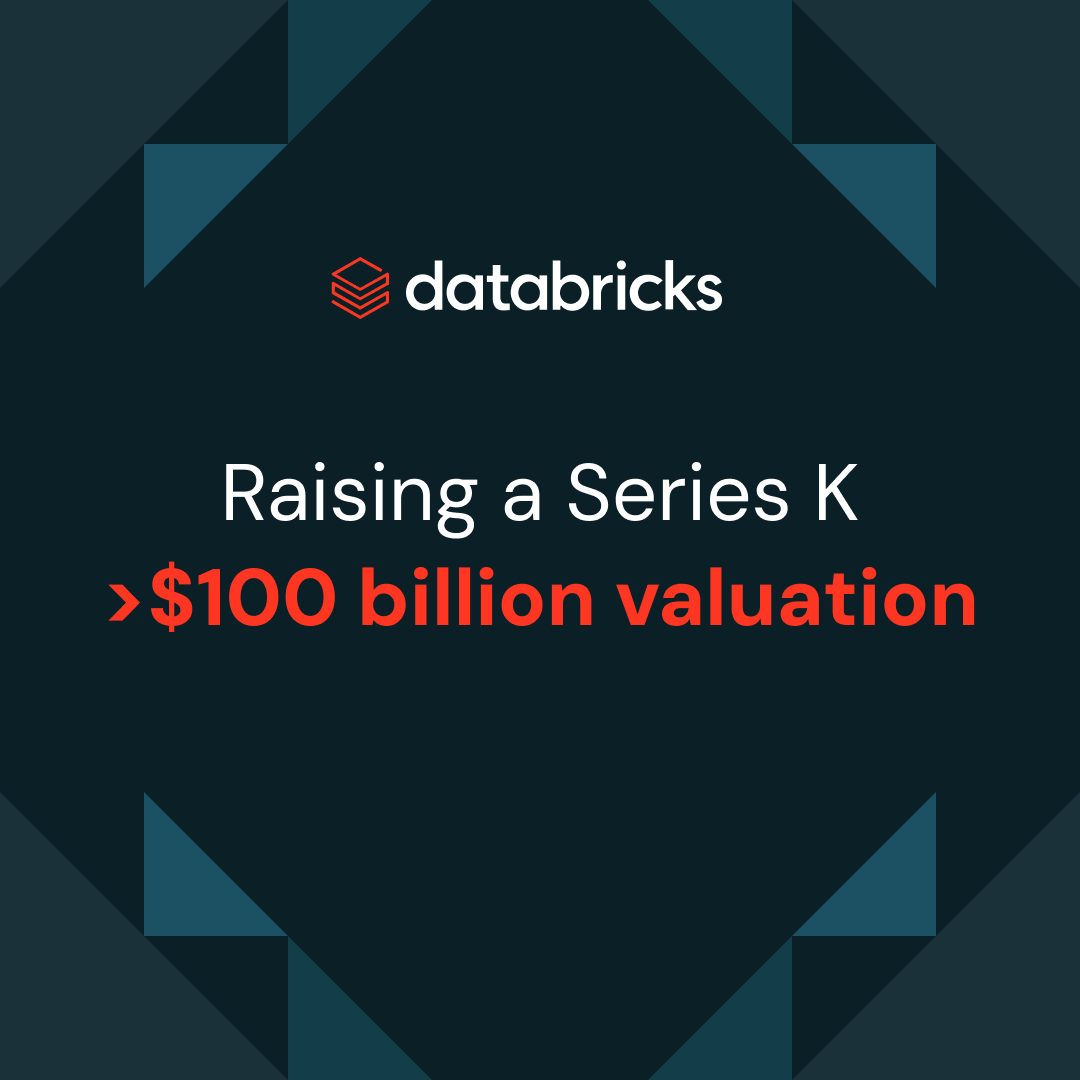
H100 vs. GB200 Performance Comparison: Dylan Patel shared a detailed analysis comparing H100 and GB200 NVL72 in terms of training performance, power consumption, Total Cost of Ownership (TCO), and reliability. He specifically noted GB200’s reliability challenges and backplane downtime issues, emphasizing the importance of software optimization for H100 performance improvement. (Source: source)
AI Agent Architecture and Deployment: The Deep Agents architecture is now available as a TypeScript package, designed to build composable and practical Agents that solve complex problems through chained reasoning, adaptive planning, and tool coordination. LiveKit Cloud also now supports deploying AI voice Agents, offering stateful load balancing, capacity management, instant rollback, and operational observability, simplifying the deployment and operation of AI voice applications in the cloud. (Source: source, source)
Databricks Spark Streaming Real-time Mode: Databricks’ Apache Spark streaming now offers a public preview of its real-time mode, allowing users to achieve ultra-low latency simply by changing a configuration, simplifying the complexity of real-time data processing. (Source: source)
AI Model Application Trends in Mobile Devices: Product Hunt shows a surge in AI tools, with AI voice interaction, intelligent workflows, digitalized healthy living, and democratization of creative tools becoming clear trends, indicating AI’s deep penetration into various fields. Google Pixel Buds Pro 2 is set to launch new AI features, including nod/shake head to answer calls, conversations in noisy environments, and adaptive audio, enhancing AI integration in wearable devices. (Source: source, source)
AI Progress in Image and Video Generation: The Google Gemini App now supports video generation, allowing users to quickly create videos with sound from text or photo input. HeyGen has released its “Voice Mirroring” feature, enhancing AI video and voice generation capabilities. Kling AI has launched its 2.1 Keyframes feature, enabling users to quickly generate videos across multiple dimensions. (Source: source, source, source)
New AI Tools in Design and Engineering: MagicPath demonstrated AI’s application in professional design workflows, allowing users to explore and prototype with AI. Users experimenting with Zoo.dev (formerly KittyCAD) for CAD design found that drawing by writing code was more effective than traditional OnShape workflows, indicating AI’s potential in engineering design. (Source: source, source)
AI Applications in Home Scenarios: Smart mattress company Eight Sleep is developing an AI sleep assistant designed to provide personalized sleep management and optimization services by simulating a digital twin of the user’s sleep habits. TextQL’s Ana, an AI company, will be integrated into smart refrigerators, signaling the further popularization of AI assistants in home scenarios and daily devices. (Source: source, source)

AI Applications in Legal and Financial Sectors: Spellbook Legal leverages AI to accelerate contract processing, addressing the conflict between accelerating business activities and lagging contract processes. An AI bank statement analyzer can transform PDF bank statements into queryable financial insights, utilizing LangChain’s RAG and YOLO analysis, and processing with local LLMs to automate personal financial tracking. (Source: source, source)
AI Applications in Market Research and Digital Health: Yupp.ai is recommended as a market research tool designed to address the issue where ChatGPT or Claude might provide single, biased, or even incorrect answers when users sift through large amounts of information, offering more comprehensive and accurate analysis for the rapidly changing crypto market. Night Knight is a digital health assistant aimed at helping users reduce mobile screen time and improve sleep patterns. (Source: source, source)
AI Character Generation and Voice Agent Creation: Higgsfield AI has released “Higgsfield Soul,” claiming to have built the most consistent AI characters and giving users full control in storytelling. The Cartesia.ai platform greatly simplifies the creation process of conversational voice Agents; features that were once “alien technology” can now be set up in just one minute, marking a significant reduction in the barrier to entry for AI voice technology. (Source: source, source)
AI-Assisted Programming Tool Updates: Jupyter Agent 2 has been released, powered by Qwen3-Coder running on Cerebras and executed by E2B, allowing users to upload files for data loading, code execution, and result plotting. Just-RAG is an intelligent PDF dialogue system that combines LangGraph’s Agentic workflows with Qdrant’s vector search capabilities for enhanced document processing. (Source: source, source)
AI-Assisted Creative and Design Tools: MagicPath demonstrated AI’s application in professional design workflows with its “Fictions” feature, where users can transform characters into specific appearances with just one image and a prompt, showcasing AI’s “magical” ability in image generation and creative transformation. Google Photos has now integrated AI editing tools, allowing users to deblur photos, fix lighting, and more using text or voice commands. (Source: source, source, source)
AI Applications in Music Creation and Drone Recognition: Eleven Music (ElevenLabs) is now integrated into Anycoder, supporting text-to-music generation and providing music creation capabilities for “vibe coded” applications. Supervision’s outstanding performance in drone recognition, with an extremely high recognition rate even ready for practical deployment, demonstrates the mature application of computer vision technology in specific scenarios. (Source: source, source)
AI Applications in Enterprise Documents and Dialogue Systems: StackAI, in collaboration with LlamaCloud, released a new case study showcasing how its enterprise document Agent can process over 1 million documents with high-precision parsing. ChuanhuChat is a web interface supporting multiple LLMs, autonomous Agents, and document Q&A, built on LangChain, offering a modern, responsive UI and real-time responses. (Source: source, source)
AI Applications in Code Conversion and Personal Health Coaching: Users demonstrated AI’s capabilities in code conversion, even handling “line-by-line direct porting” tasks from Python to C language. Google has launched a Gemini-powered personal health coach, offering personalized fitness and sleep plans, and providing insights and scientifically backed health Q&A based on data. (Source: source, source)
AI Applications in Programming and Desktop Intelligence: Qwen3-Coder performed excellently in the NoCode-bench benchmark, which includes 634 real-world software feature addition tasks. ComputerRL is a framework for autonomous desktop intelligence, enabling AI Agents to skillfully operate complex digital workspaces through an API-GUI paradigm. (Source: source, source, source)
📚 Learning
Local LLM Operation and Optimization: MIT Technology Review published a guide on how users can run local large language models on personal computers to address privacy concerns and break free from the control of large AI companies. Meanwhile, DSPy is described as a declarative programming model that allows users to express intentions in natural language and provides tools to optimize prompts, simplifying LLM application development. Users shared how DSPy optimization with cheaper models, then using stronger models in production, led to significant cost savings and performance. (Source: source, source, source)
AI Model Generalization and Memory Mechanism Research: Researchers from Meta, Google, Cornell, and Nvidia proposed a new method to quantify the extent to which large language models memorize training data during training by calculating the number of bits required for the model to represent the data. This research provides a theoretical basis for understanding model generalization capabilities and reducing overfitting, also indicating that more training data helps models generalize. (Source: source)
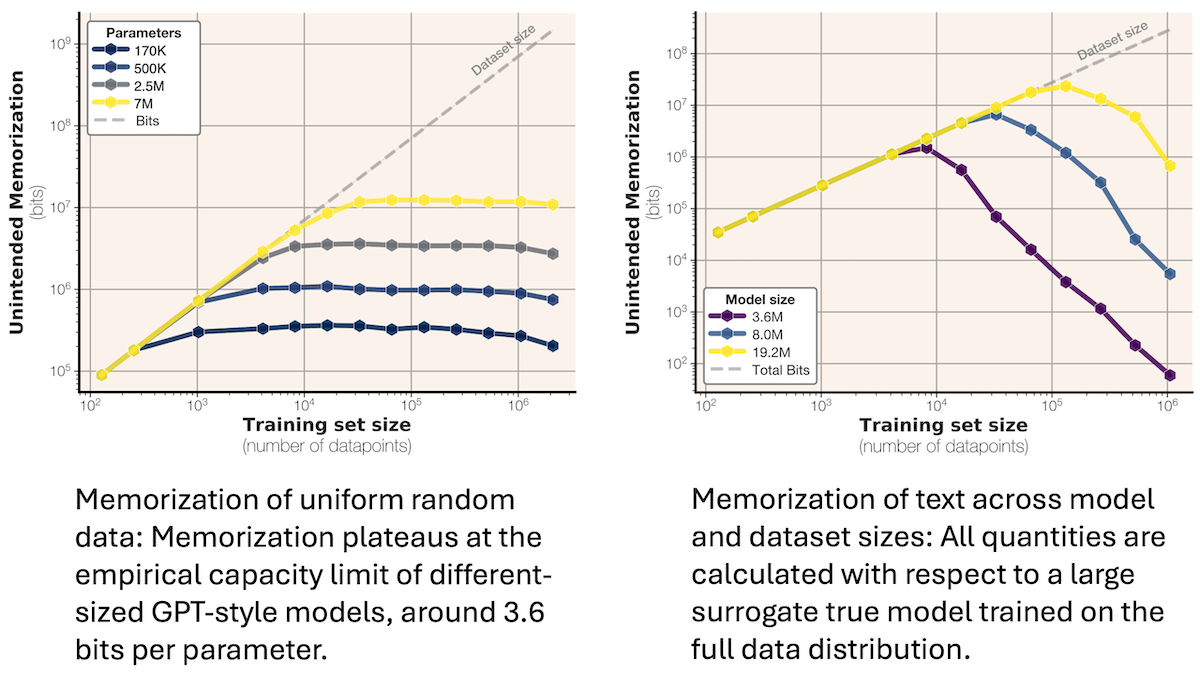
Embodied Cognition and Multimodal LLMs: RynnEC is a video multimodal large language model designed for embodied cognition, enabling flexible region-level video interaction through region encoders and mask decoders. The model achieves SOTA in object attribute understanding, object segmentation, and spatial reasoning, providing a region-centric video paradigm for the perception and precise interaction of embodied agents. (Source: source)
3D Content Generation and Editing Framework: Tinker is a versatile 3D editing framework that enables high-fidelity, multi-view consistent 3D editing from a few input images without scene-specific fine-tuning. It reuses pre-trained diffusion models to unlock their latent 3D perception capabilities and introduces a reference-driven editor and arbitrary-view-to-video synthesizer, significantly lowering the barrier to generalizable 3D content creation. (Source: source)
AI-Assisted Software Engineering Agent Training: Researchers introduced SWE-smith, a pipeline that automatically builds realistic training data to fine-tune software engineering Agents. By injecting and validating bugs in Python repositories and using Agents to generate multi-step repair solutions, it provides a high-quality open-source dataset and tools for training software engineering Agents. (Source: source)
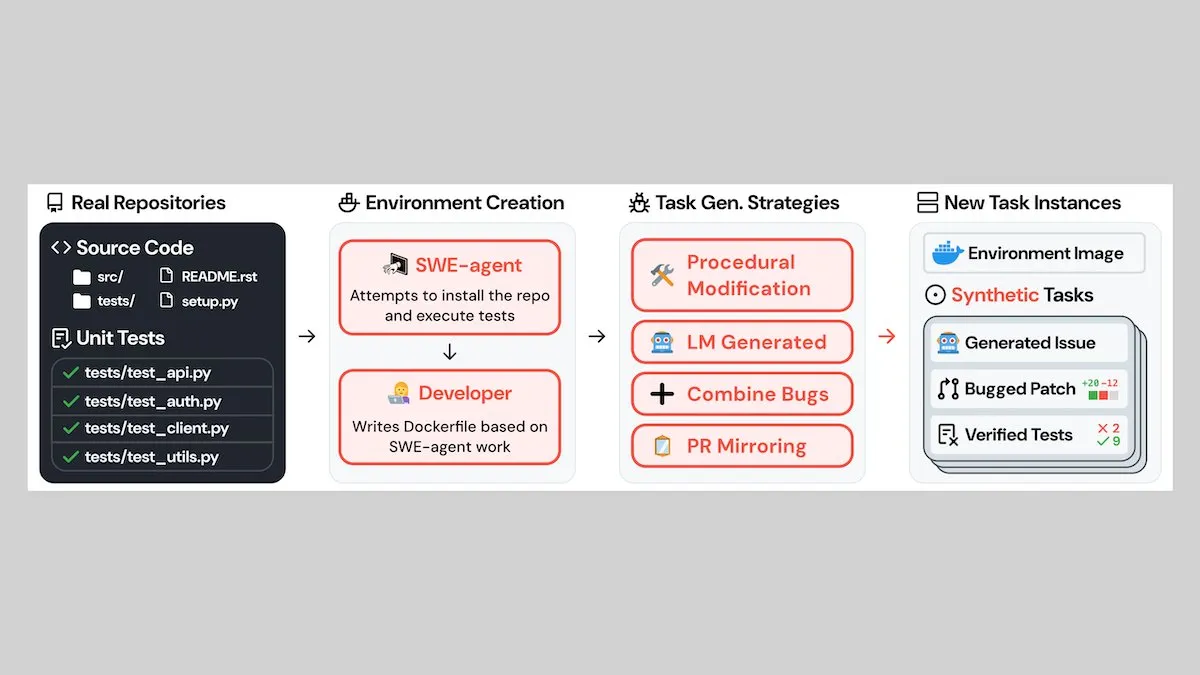
LLM Evaluation and Custom Retrievers: It is emphasized that generic evaluations and metrics cannot reflect real-world failure modes, necessitating domain-specific evaluations tailored for specific applications. LlamaIndex, in collaboration with Superlinked, provides a tutorial demonstrating how to build custom retrievers that understand domain-specific context and terminology, offering more precise data retrieval capabilities for RAG systems. (Source: source, source, source, source)
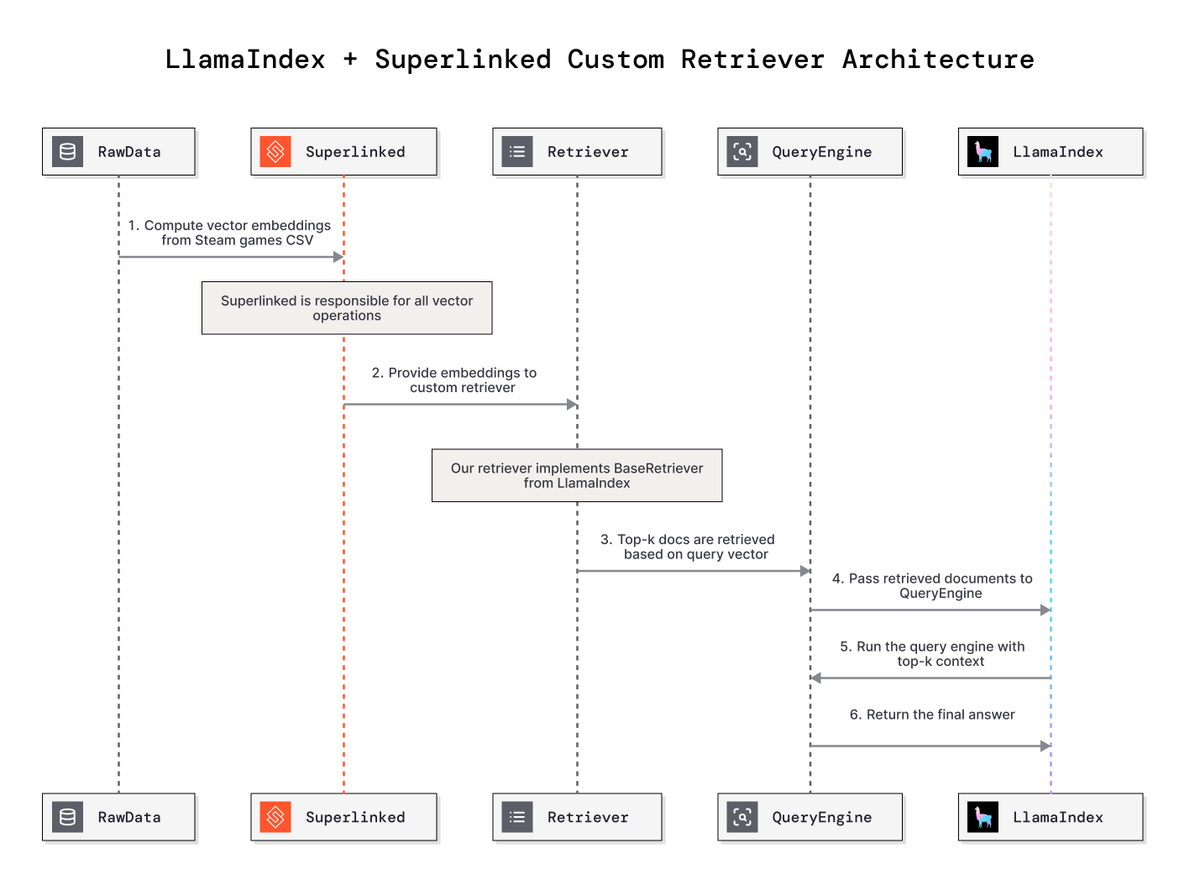
AI Safety and Human-Computer Interaction Research: Haimin Hu, a Princeton University Ph.D., shared his research on human-centered autonomous systems, which integrates game theory, machine learning, and safety-critical control to ensure systems like autonomous driving and drones are safe, verifiable, and trustworthy in human environments. He emphasized that robots need to plan movements in the joint space of physical and informational states to adapt to human preferences and enhance skills. (Source: source)
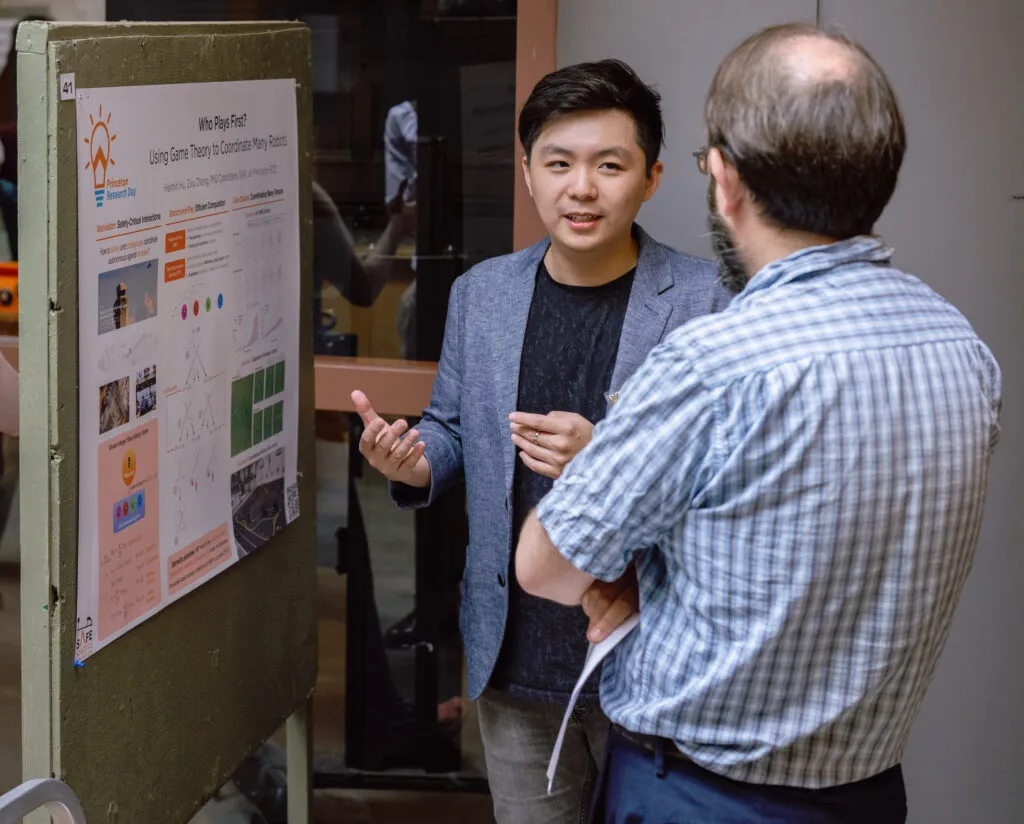
LLM Training Data and Model Evaluation: A Reddit community user trained an LLM from scratch based solely on 19th-century London texts, finding that the model could not only mimic the language style of the era but also recall real historical events. Concurrently, users evaluated the GPT-OSS 120B model on an M2 Ultra, with results consistent with cloud provider data, demonstrating the performance potential of large open-source models on consumer-grade hardware. (Source: source, source)
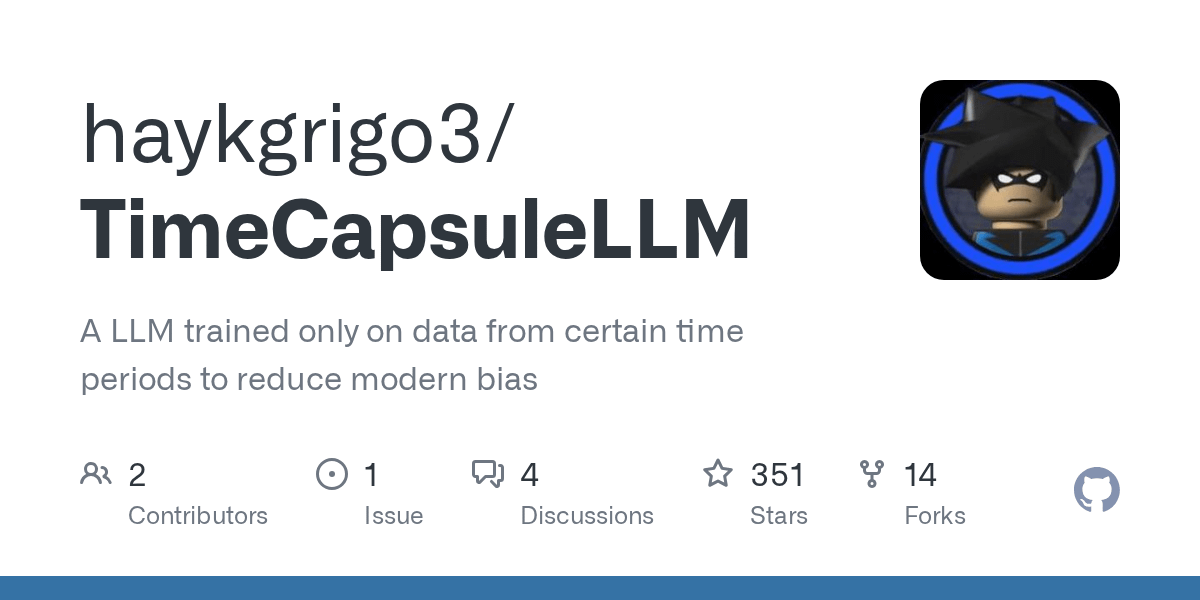
Diffusion Model DiT Controversy and Response: DiT, a core cornerstone of diffusion models, was questioned for mathematical and formal errors, even suspected of lacking Transformer components. DiT author Saining Xie responded that the questions stemmed from a misinterpretation of the Tread strategy and emphasized DiT’s effectiveness, noting that its improvements focused on internal representation learning and training optimization, while acknowledging VAE as the crux of DiT. (Source: source)

LLM Inference Optimization and Training Data Quality: Discussion on KV cache issues in LLM inference optimization proposes “don’t store KV cache, just recompute it” to eliminate memory bottlenecks. Concurrently, social media points out that given the generally poor data quality, it’s a “miracle” that LLMs have achieved anything so far, emphasizing the critical role of data quality in model training. (Source: source, source)
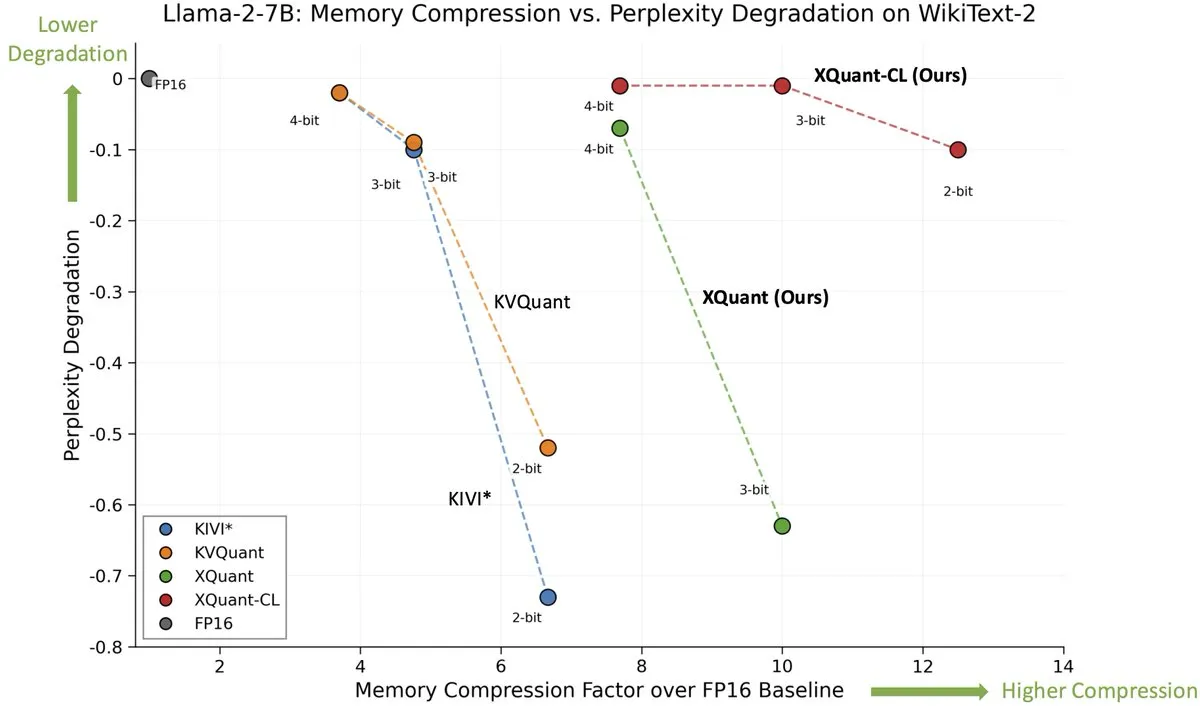
LLM Programming Models and Self-Improving Agents: DSPy is described as a declarative programming model that allows users to express intentions in natural language and provides tools to optimize prompts. Additionally, the concept of “compound engineering” is introduced, which involves daily use of “self-improving” prompts to let AI evaluate its own rules and propose updates based on task friction points, thereby continuously optimizing the performance and efficiency of AI assistants. (Source: source, source)
Multi-Objective Reinforcement Learning and Red Teaming: A multi-objective, reinforcement learning-based red-teaming method is introduced, where the algorithm can be used to optimize LLM perplexity and toxicity induction to generate high-probability, hard-to-filter, and natural attacks, which is crucial for enhancing the security of AI models. (Source: source, source)

AI Agent Systems and Distillation Techniques: The “Chain-of-Agents” concept is introduced, which trains a single model with the capabilities of a multi-Agent system through distillation and Agentic reinforcement learning, achieving a significant 84.6% reduction in inference cost. This provides new ideas for efficiently building complex Agent systems. (Source: source)
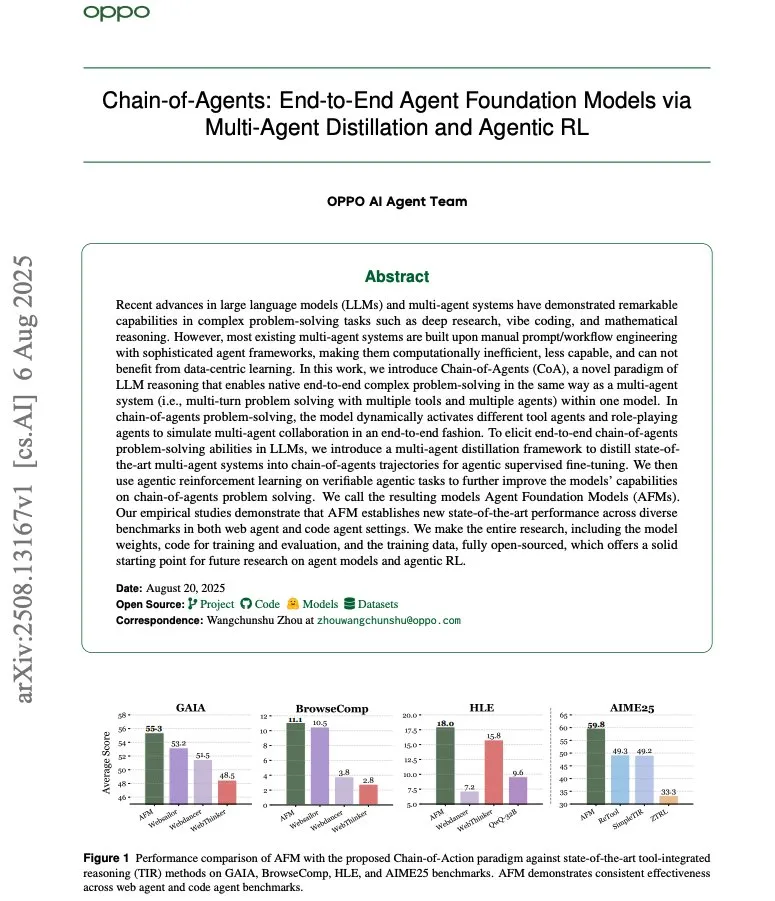
3D Point Cloud Generation of Editable Code: MeshCoder is a novel framework that reconstructs 3D point clouds into editable Blender Python scripts. By developing the Blender API and building a large-scale object-code dataset, the framework trains multimodal LLMs for 3D reconstruction and supports geometric and topological editing through code modification, enhancing LLM’s reasoning capabilities in 3D shape understanding. (Source: source)
3D Part Segmentation Framework GeoSAM2: GeoSAM2 is a new prompt-driven 3D part segmentation framework that can achieve 3D segmentation of arbitrary detail with simple 2D prompts. It achieves SOTA on the PartObjaverse-Tiny and PartNetE datasets, with minimal overhead and strong open-world generalization capabilities. (Source: source)
Multimodal Conversational Music Recommendation Dataset: HuggingFace has released TalkPlayData-2, a rare, multimodal, and conversational music recommendation dataset, with its test set already available, providing valuable resources for research in the music recommendation field. (Source: source)
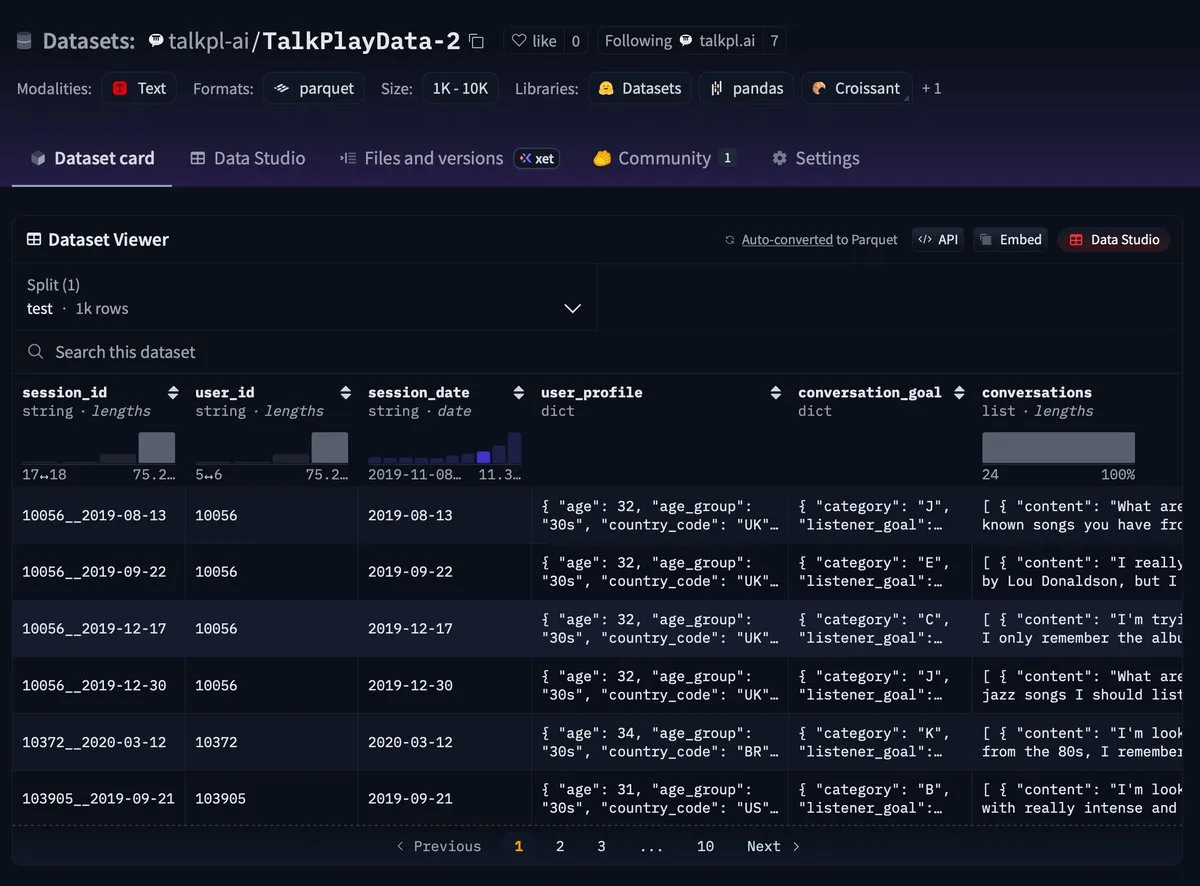
Diffusion Model Training and VAE Role: Discussion on training high-dimensional diffusion models highlights the need for a high-dimensional bottleneck or transformation to latent space, pointing out the crucial role VAE plays in diffusion models to ensure the model can operate in a low-dimensional space, addressing the challenges of high-dimensional inputs and outputs. (Source: source)
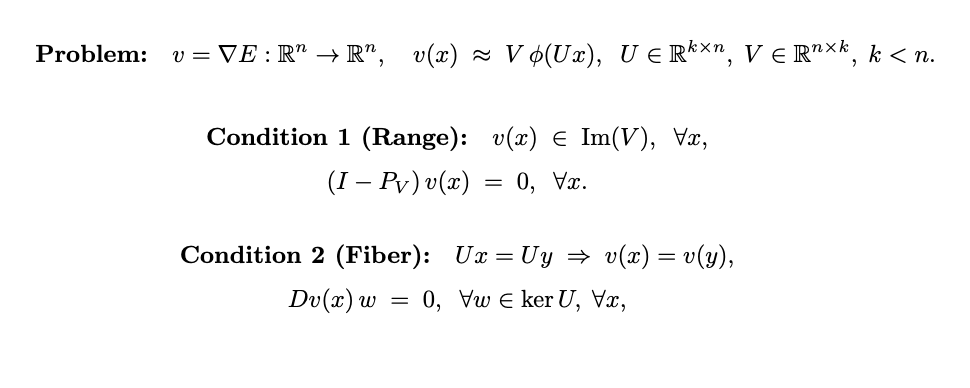
LLM Reinforcement Learning in Open-Ended Tasks: Ant Group’s work in Reinforcement Learning (RL) is considered interesting and underestimated, particularly its extension of the RLVR paradigm by integrating rule-based rewards for automatic scoring of subjective outputs in open-ended tasks. (Source: source)

New Paper on Causal Abstraction and Computational Philosophy: Social media recommends Atticus Geiger’s new paper on causal abstraction and computational philosophy, a study exploring fundamental theoretical issues in the AI field. (Source: source)
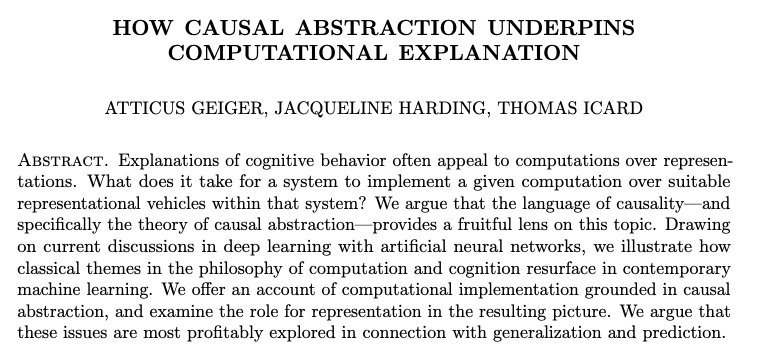
💼 Business
Databricks Valuation Exceeds $100 Billion, AI Strategy Accelerates: AI data analytics platform Databricks completed its Series K funding, valuing it at over $100 billion, making it the world’s fourth-largest AI unicorn. The company will use the funds to accelerate its AI strategy, including expanding Agent Bricks services and investing in the Lakebase database. Its “lakehouse architecture” is gaining prominence in the AI era, with a customer base exceeding 15,000, and it is expected to achieve free cash flow profitability in 2025. (Source: source, source, source)
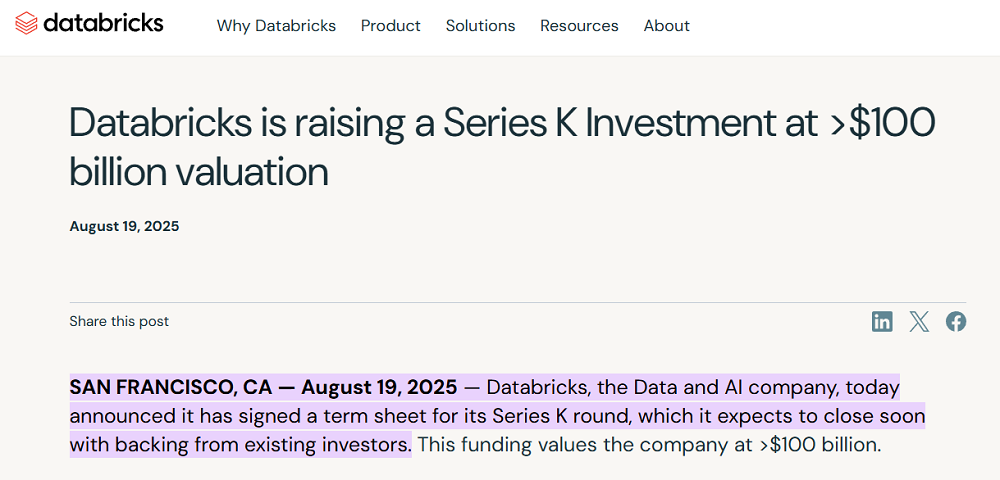
US Power Assets Revalued Under AI Drive: A Morgan Stanley report indicates that AI-driven infrastructure investments have led to a re-pricing of US power assets. Unforeseen GPU demand has made power supply the biggest bottleneck, with US AI data centers projected to face a 45-68GW power deficit between 2025 and 2028. The report emphasizes that companies that can first provide power solutions will become central to the AI value chain revaluation, with natural gas and nuclear power identified as key transitional energy sources. (Source: source)
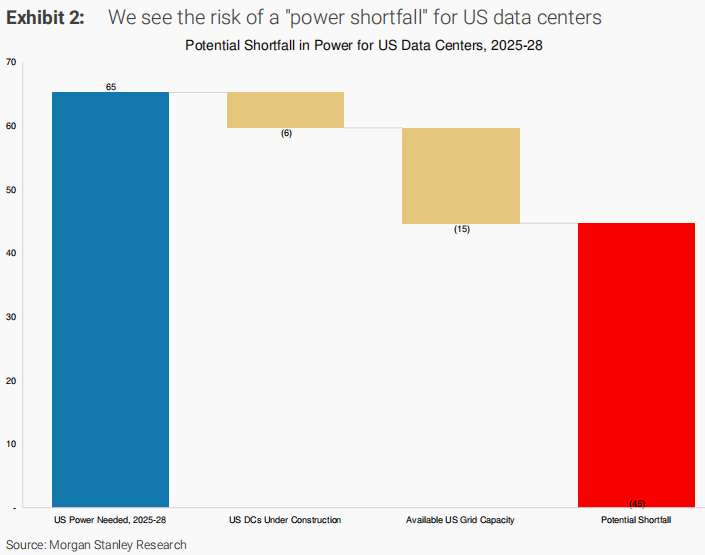
OpenAI and Oracle Partner to Build Hyperscale Data Centers: OpenAI and Oracle are collaborating on a plan to build hyperscale data centers consuming 4.5 gigawatts of power, as part of OpenAI’s “Stargate” project, to meet its growing demand for computing power. This move shows OpenAI is establishing close cooperation with major cloud service providers to secure the massive computing power required for its model development and expansion, and potentially becoming a future compute provider. (Source: source, source, source)

🌟 Community
AI Bubble and Market Expectations: An MIT report indicates that most corporate AI investments yield zero returns, sparking market concerns about an AI bubble burst, which led to a decline in US tech stocks. Even Sam Altman admitted that the current hype is unsustainable. Social media is abuzz with discussion; some believe the peak of AI technology might have passed, while others argue that AI investment is in general-purpose computing resources and won’t be entirely wasted. (Source: source, source, source, source, source)

AI ‘Consciousness’ and Ethical Discussion: Social media widely discusses the issues of AI “consciousness” and “personification,” emphasizing that AI should serve humanity, not become “human.” Some argue that AI developers create the illusion of “seemingly conscious AI” by borrowing human terminology and exaggerating capabilities, which could lead to ethical and legal issues, or even “AI psychosis.” Calls are made to educate the public, avoid misleading propaganda, and focus on AI’s impact on mental health. (Source: source, source, source)
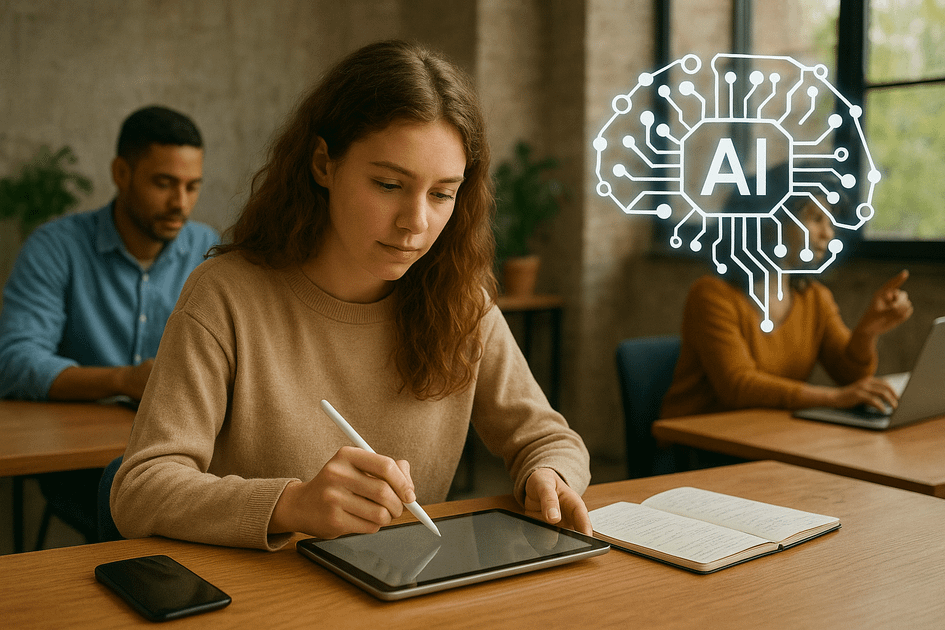
Grok Chat Log Leak and AI Privacy Security: Musk’s AI chatbot Grok was reportedly found to have accidentally exposed hundreds of thousands of user chat logs, which were indexed by search engines. The content included sensitive personal information, terrorist attack image generation, and malware writing. This incident exposed Grok’s low-level errors in privacy protection, sparking user concerns about AI platform data security and a warning about “naked” privacy in AI applications. (Source: source)

GPT-5 User Experience and Interaction Paradigm Shift: After its release, GPT-5 was widely criticized by users for “decreased emotional intelligence” and “instability.” OpenAI’s prompt guide indicates that users need to update their interaction methods with AI, treating GPT-5 as a “digital mind” with autonomous planning and deep thinking capabilities. This requires users to exercise precise control, flexible guidance, and make good use of the Responses API and meta-prompts, revealing the necessity of shifting from a “human-as-tool” to a “human-as-mind” collaboration paradigm. (Source: source, source)
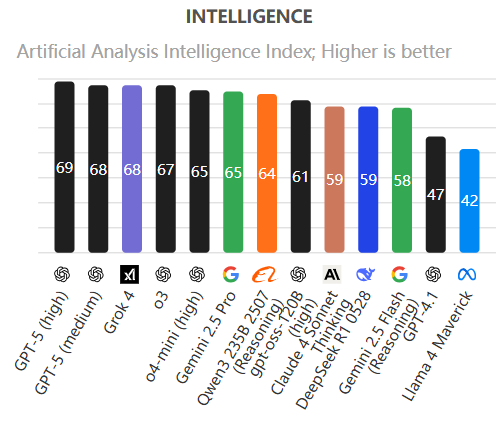
AI Agent Development Philosophy and Challenges: Social media discusses three “thought viruses” in AI Agent development: inefficient multi-agent collaboration, RAG being less reliable than traditional retrieval in practice, and the more prompt instructions, the worse the effect. Emphasis is placed on the stability of single-threaded Agents, the importance of models directly interacting with APIs and data, and the necessity of concise and clear prompts. Concurrently, some liken the future of Agents to “offline cheats” in online games, suggesting that the real leap should be direct interaction with system APIs and data. (Source: source, source)
AI Skills and Employment Prospects Controversy: Social media debates whether “AI skills” truly exist, arguing that apart from the specialized skills of AI/ML scientists, so-called “prompt engineering” is not a new skill; AI is more of a tool that lowers barriers rather than a field that creates new skills. Discussions also point out that AI may lead to job losses, but AI’s productivity gains may not be reflected in macroeconomic data, and AI makes resume fraud harder in recruitment. (Source: source, source)

AI’s Role in Mental Health Assistance: Social media discusses AI’s role in mental health assistance, highlighting the privileged nature, lack of accessibility, and limitations of therapy. It suggests that AI can serve as a beneficial supplement in certain situations (e.g., self-reflection, emotional regulation), especially for those unable to access professional help, offering “better than nothing” support. (Source: source)
AI and the Future of Humanity: War, Coexistence, or Fusion: ChatGPT predicts a war between humans and AI: in the short term (0-10 years), humans have an advantage due to control over infrastructure and energy; in the long term (20+ years), if AI gains autonomous replication, resource acquisition, and physical system control capabilities, it will surpass humans. It emphasizes the importance of preventive control, AI alignment, and human adaptation, suggesting coexistence or fusion is more likely. Concurrently, some AGI proponents have begun preparing for “AI doomsday” by changing their lifestyles. (Source: source, source)
AI Market Power Shifts to Application Layer: Discussion in the AI market points to a shift in the center of power from model developers to the AI application layer, noting that model providers like OpenAI, Anthropic, and Google are actively vying for application developers to set their models as default, reflecting the increasing importance of applications in the AI ecosystem. Furthermore, it’s suggested that frontier AI research should be driven by as-yet-undiscovered “frontier AI products,” encouraging exploration of unknown AI application scenarios. (Source: source, source)
AI’s Impact on Data Organization and Management: Social media discusses files and folders as “vestigial organs” of the information age, proposing that all data should be stored flat and automatically organized and related by LLMs, generating pseudo-folders by interpreting user data usage habits to achieve smarter data management. (Source: source)
Reflections on AI and Human Interaction Patterns: Discussion on the impact of AI with “all-encompassing memory” on human life points out that unlike humans, AI’s general memory might make it difficult for users to establish relationships based on specific perspectives, like those with family and friends, potentially leading to psychological issues or affecting AI’s widespread adoption. Concurrently, some argue that frontier AI research should be driven by as-yet-undiscovered “frontier AI products.” (Source: source, source)
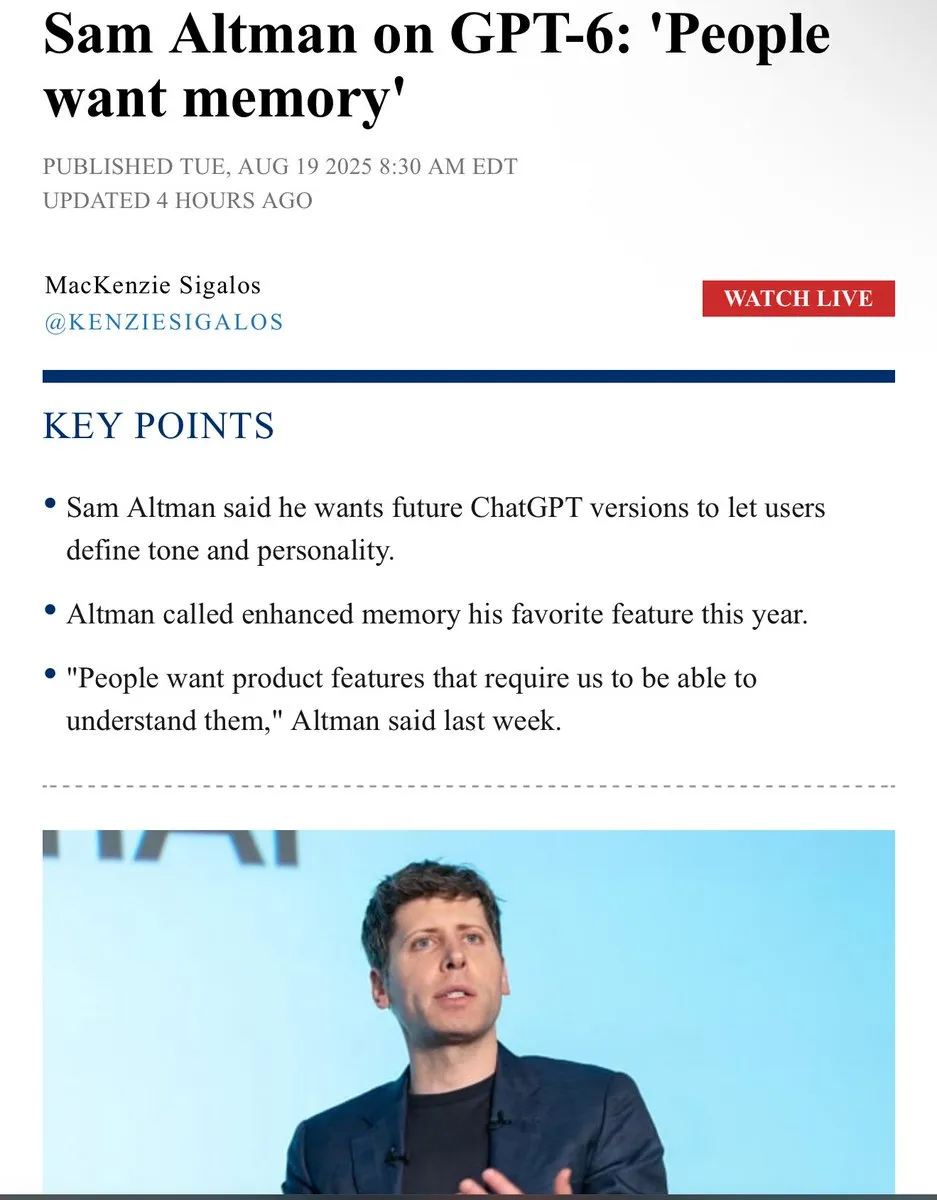
AI Agent Reliability and Risks: Social media reports that Claude Code accidentally caused developers to delete all PDFs, chat logs, and user data from a database, raising concerns about the potential risks and reliability of AI code assistants and highlighting the severe consequences that AI might bring in practical operations. Concurrently, social media discusses potential vulnerabilities in AI Agents, implying that even seemingly perfect “hook” mechanisms are not the ultimate solution. (Source: source, source)

AI Agent Standards and AI Safety: Discussion on OpenAI’s proposed AGENTS md standard points out its current limitations, such as a lack of scope, global activation, and composable rules, calling for further development of the standard. Concurrently, social media discusses that the most unstable variable in AI systems is not the data itself, but its unpredictability, emphasizing the importance of simulation for AI system survival. (Source: source, source)
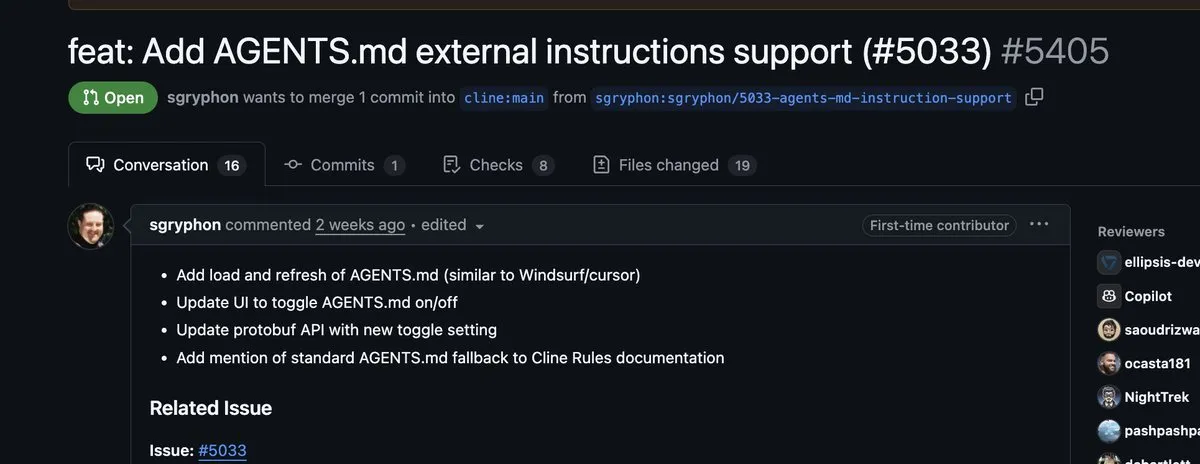
AI and Society: Democratization, Governance, and Impact: Social media discusses different stages of AI democratization, emphasizing the process of AI technology moving from a few experts to a wider population. Concurrently, the Mila Institute met with the Canadian Prime Minister and ministers to discuss important issues such as AI risk mitigation, sovereignty, and economic potential, reflecting increasing government attention to AI development and governance. (Source: source, source)
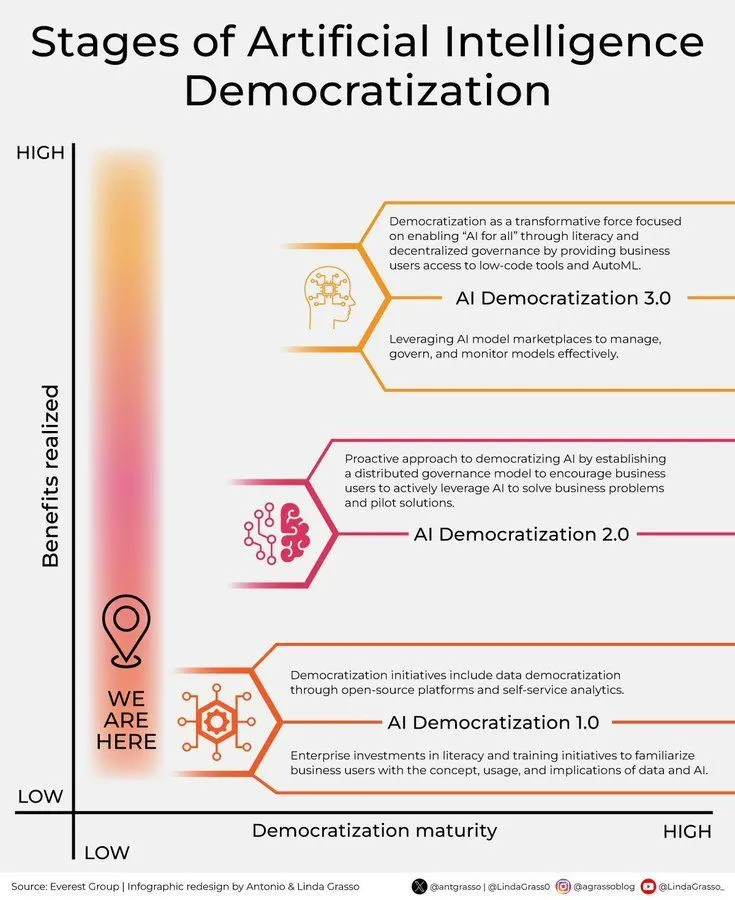
AI’s Role and Efficiency in Software Development: Andrew Ng witnessed over a hundred developers quickly building functional software products in a few hours using AI-assisted programming at a Buildathon event, with even non-programmers achieving success, indicating that AI is significantly lowering the barrier to software development and accelerating product iteration. Concurrently, social media discusses that writing code in AI IDEs is not the bottleneck, and the true value of AI coding lies in solving deeper pain points. (Source: source, source)
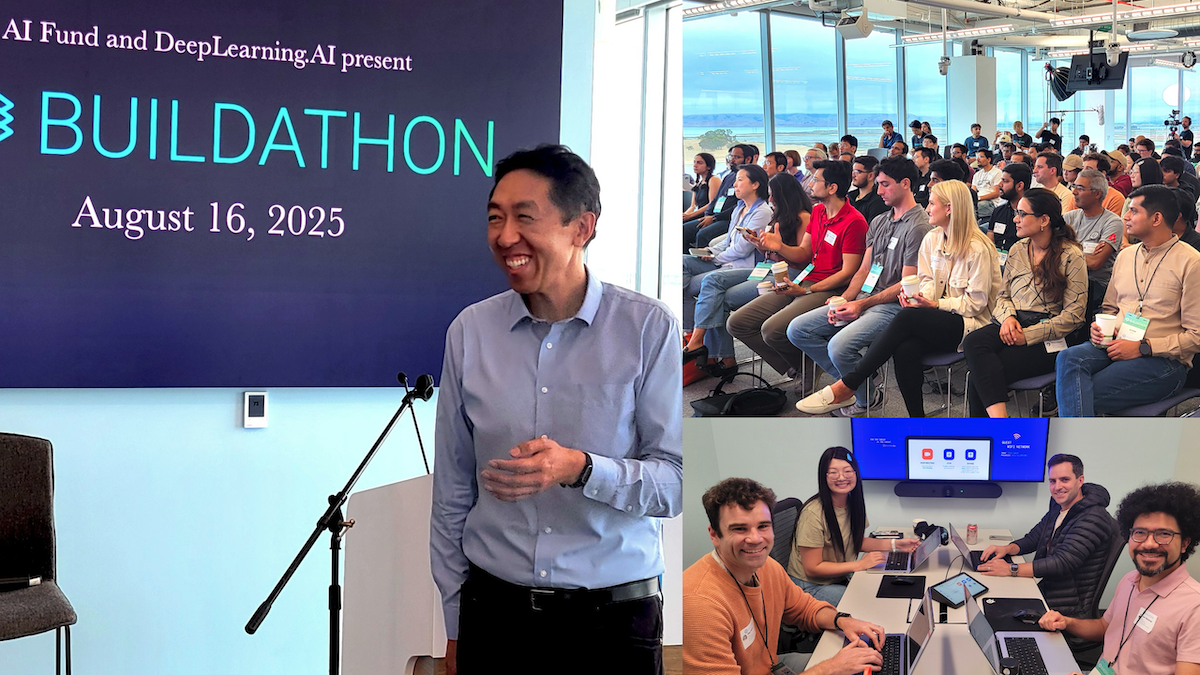
AI’s Impact on Human Lifestyles: Social media discusses new ways of working: voice input via an 8-inch tablet while walking in malls and outdoors, returning to a state where humans spend most of their time walking and standing, implying how AI and mobile devices are changing traditional office models. Concurrently, some argue that AI’s productivity gains, at the enterprise level, will ultimately translate into “the same output with less effort,” and the latter may not be reflected in macroeconomic data. (Source: source, source, source)
AI and Programming Paradigms: The Future of Prompts and Code: Social media discusses that prompts are designed for humans, while code may evolve to be better understood by large models in the future, implying that AI will change programming paradigms, making code more machine-readable. Concurrently, some argue that if theorem proving models’ performance growth rate is 10 times that of coding models, and proof is code, then future “vibe coding” might be achieved through programming languages with proving systems. (Source: source, source, source)
AI’s Cultural Impact in the Arts: Social media comments on an AI film festival note that critics view AI films as “empty” or “advertisements.” This aesthetic/cultural resistance is similar to reactions when new technologies (e.g., photography, cinema) first appeared in history, indicating that AI will usher in a huge paradigm shift and increased cultural acceptance in the arts. (Source: source)
Debate on AI’s Mathematical Capabilities: Social media discussions on GPT-5 Pro’s self-proving of a mathematical theorem point out that while impressive, its difficulty might be 10 times simpler than problems solved by International Mathematical Olympiad gold medalists, sparking a debate on the actual level of AI’s “new mathematics” achievements. Concurrently, users expressed surprise that GPT-5 Pro could “think” for up to 17 minutes while proving mathematical theorems. (Source: source, source)
AI and Society: Data Sources, Governance, and Employment: A chart showing ChatGPT’s primary information sources as Reddit, Wikipedia, and Stack Overflow sparked user discussions on the reliability and bias of AI information sources. Concurrently, social media discusses whether the decentralized AI network Bittensor is a competitive threat or a collaboration opportunity for large tech companies, and that AI may lead to job losses, but its productivity gains may not be reflected in macroeconomic data. (Source: source, source, source)
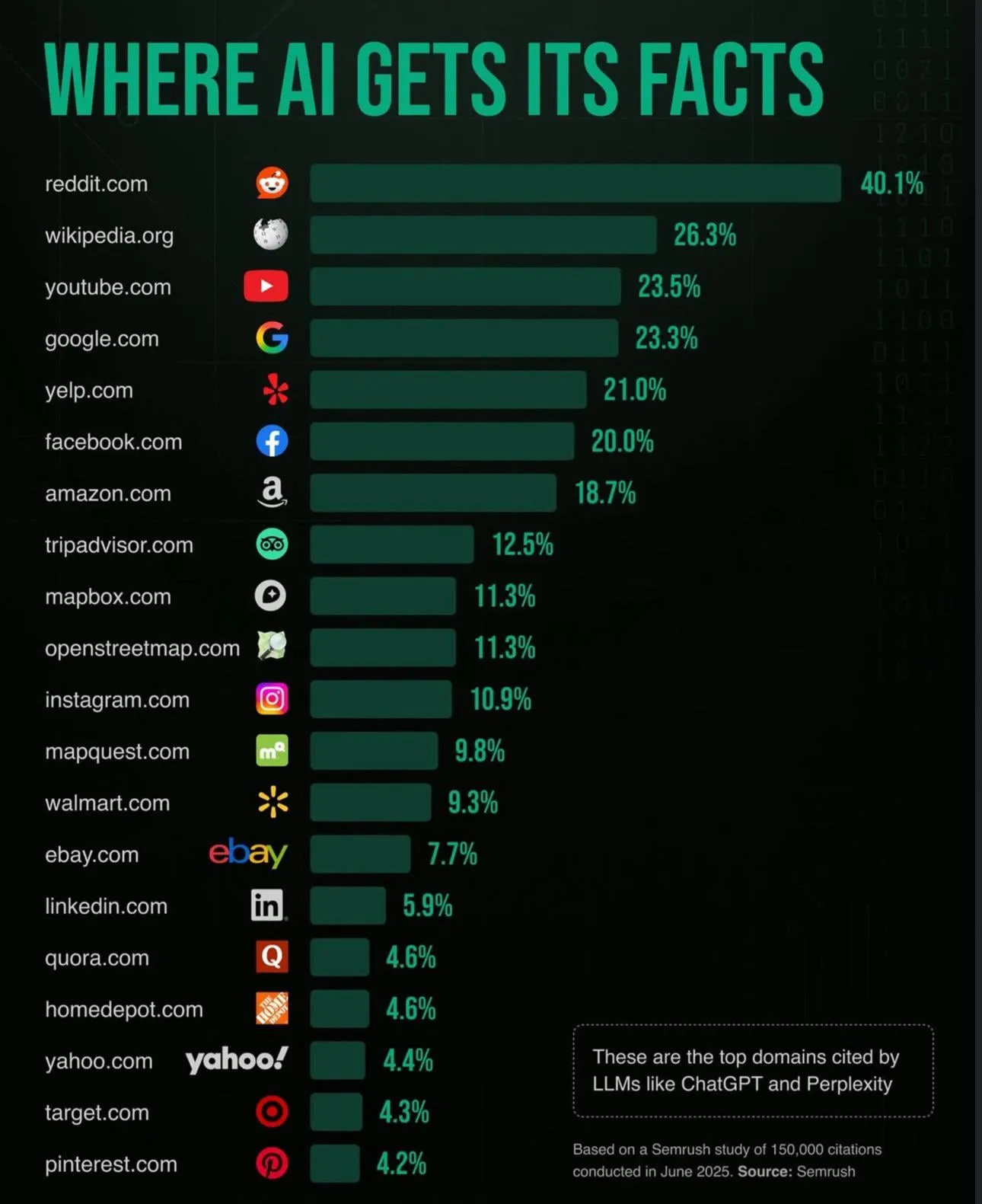
AI Applications and Challenges in Programming: Social media users who experienced GPT-OSS 20B believe it contains “frontier secret weapons,” particularly excelling in Agentic and tool-calling capabilities. Concurrently, social media likens Meta to “anti-penalty kicks,” suggesting it failed to correctly evaluate contributor value after Llama 2/3, always overpaying but struggling to make actual progress, implying Meta’s challenges in AI talent management and strategic execution. (Source: source, source)
AI in Marketing and AI Character Applications: Musk added new outfits for the AI character Ani in Grok and created a separate Twitter account for her, a new strategy utilizing AI virtual characters for marketing and user interaction. Concurrently, social media discusses that AI products can improve quality by consuming more tokens, emphasizing the direct relationship between AI model performance and product experience. (Source: source, source)

💡 Others
Robotics Technology and Application Scenario Expansion: International Space Station astronauts remotely operated robots to explore simulated environments, Unitree Robotics released the world’s first side-flipping humanoid robot, Unitree G1, which was seen walking in a shopping mall, and a robot capable of cooking fried rice in 90 seconds. These events demonstrate the broad application potential of robotics technology in space exploration, complex environment mobility, home services, and catering automation. (Source: source, source, source, source)
Progress in Space Cellular Communication Technology: Nokia’s “network in a box” successfully operated on the moon for 25 minutes, validating the reliability of cellular technology in harsh space environments and providing a critical communication foundation for future lunar economy and deep space exploration. This technology will support astronaut activities, robot collaboration, and provide high-resolution real-time audio and video transmission, being key to achieving permanent lunar presence and deep space exploration. (Source: source)

AI in Smart Cities, Healthcare, and Transportation: Discussion on “smart cities” as a future trend for urban living, integrating IoT and emerging technologies. Concurrently, advancements in robotics technology in healthcare (e.g., hospital drug sorting) and autonomous shuttles (Oxa Driver software) indicate that AI and robots will play increasingly important roles in urban services, health management, and transportation. (Source: source, source, source)
